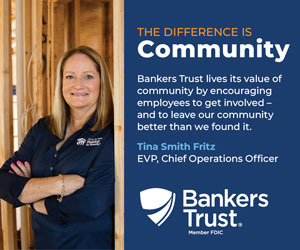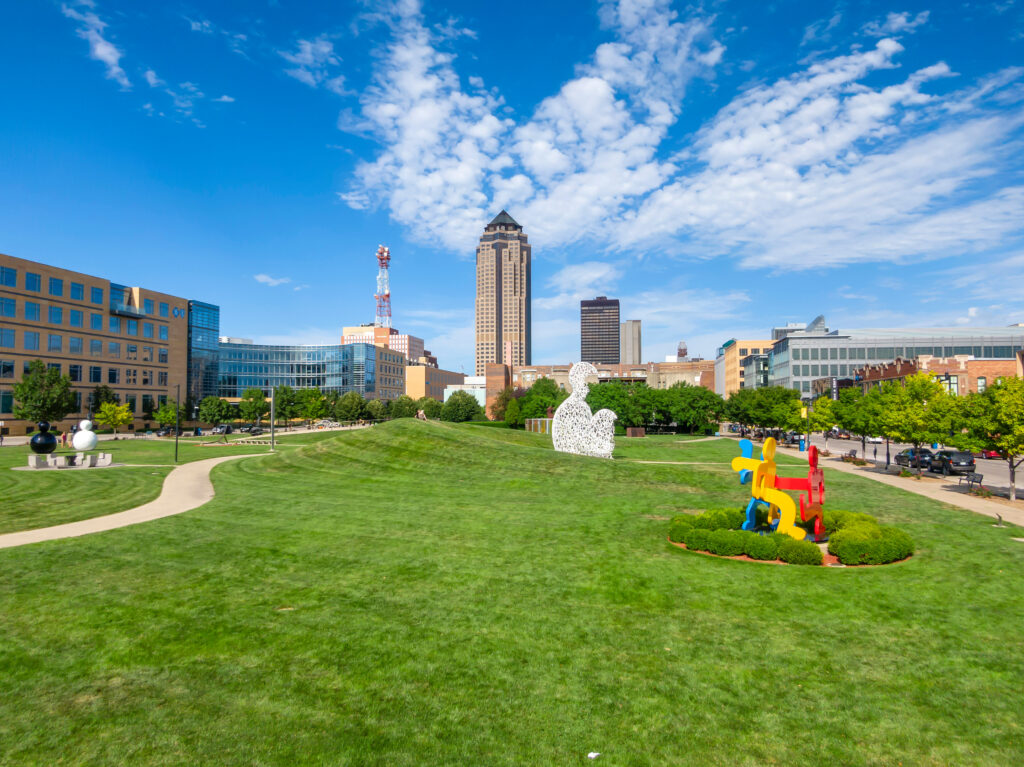Could Walnut Street attract 45 shops and restaurants?

Downtown Des Moines could support up to 45 additional retail stores and restaurants. The question is: will leaders take the necessary steps to make it happen?
“(Retail stores) will be built anyway. So you have to ask yourself, would you rather they be built on Walnut Street or outside of town?” said Robert Gibbs, a retail consultant hired to help develop a revitalization plan for Walnut Street.
The Downtown Community Alliance is spearheading the project to turn the area on Walnut Street between Second and 10th Streets into an entertainment district with wide sidewalks, lighting art and outdoor cafes.
During Gibbs hour-long presentation today at the Des Moines Public Library, he outlined his recommendations on the types of stores the city could attract and support. Among other establishments, he said the area could support a grocery store, five to 10 new restaurants, 10 to 15 ‘limited service’ restaurants, and five to eight apparel stores.
Central Iowans’ moderately high incomes coupled with the low cost of living here gives shoppers the large disposable income needed to support up to 200,000 square feet of additional retail space, which is the equivalent to a standard-sized shopping mall, he said.
You can also read more about the Walnut Street planning efforts and the street’s history at BusinessRecord.com
Gibbs remarked on how many national retailers, including Urban Outfitters, Crate & Barrel, Target and even Walmart, want to build stores in downtown areas.
“They like the city because they have already saturated the suburbs and the city is where the shoppers are — the cool, hip shoppers are living there,” he said. But Des Moines needs to show these companies how they fit into the strategy.
Another important component downtown needs: a grocery store. Gibbs said this could be accomplished in several ways, by building several small specialty shops including a meat shop and a wine and cheese shop; by building an indoor, year-round public market; by having a local retailer like Hy-Vee or Dahls build a downtown location; or by bringing in a Whole Foods, Fresh Market or Trader Joes.
The last option could increase property values significantly, he said, because young, city-dwellers who live downtown want to be able to walk to a high-end grocery store.
But there also are several hurdles to overcome, he said.
“You have a very efficient skywalk system,” he said. “It’s too efficient because it keeps people off of the sidewalks.”
While some cities are completely getting rid of their skywalk systems, Gibbs said, Des Moines shouldn’t necessarily follow suit. Instead, he recommended adding escalators to make it easier to travel between the skywalk and the ground-level shops.
“So if someone sees that Coach is having a once in a lifetime sale, they can easily get to it,” he said.
Downtown also needs to give people more of a reason to spend time there after working hours. About 82,000 workers travel into the city each day and another 40,000 residents live in or close to the downtown area.
This gives restaurants plenty of business during work hours, but not enough in the evening or on weekends.
“There’s not a lot to do around here besides eat,” he said, explaining that possible shoppers instead choose to go to suburbs where there are shopping malls or movie theaters.
Gibbs said he thinks the necessary adjustments can be made to make all of this happen, but “it will take an exceptional amount of public and private work to make it happen,” he said. “And a little bit of luck, too.”









